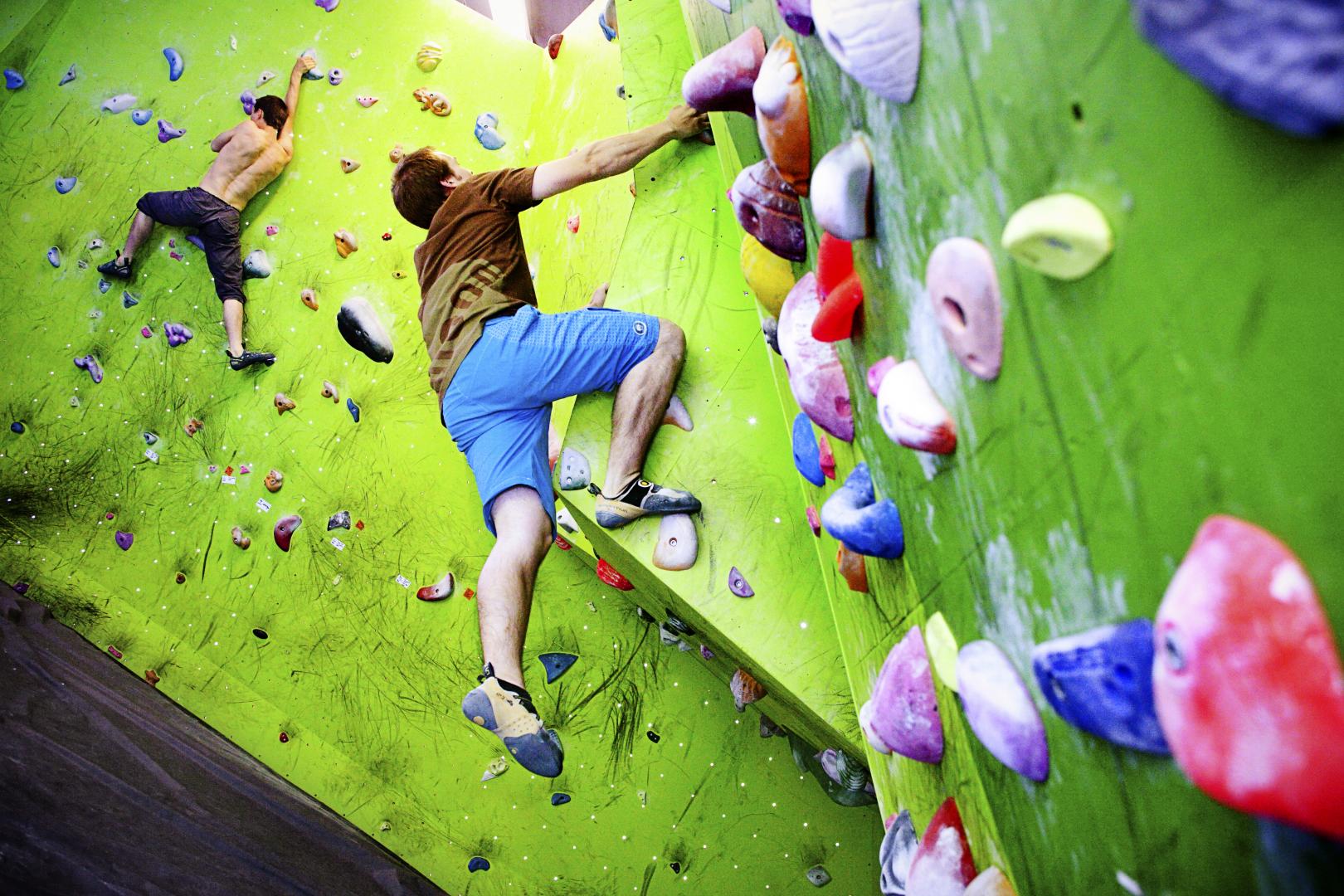How might four sustainable lifestyle models help us plan for the future?
Will the Europe of the future be a competitive society of super performers, a broad community based on digital open data, a local economy built on the master-apprentice system and powerful guilds, or a multi-professional society focused on agriculture? At one and the same time, it will most probably be all and none of these.
The objective of the European Union’s social platform project SPREAD Sustainable Lifestyles 2050 was to explore alternative futures for Europe that might be realised over the next 40 years. Unusually well-defined parameters, the Earth’s resources, were set for the project. The aim was to envisage a society of the future that would secure well-being and maintain high living standards, despite a radical decrease in the consumption of material resources. In practice, this would mean reducing the current European citizen’s material footprint of 30,000 kilos to 8,000 kilos by 2050.
“The project involved the back casting method; i.e. the desired future was defined as the starting point for outlining various paths leading back towards the present,” says Aleksi Neuvonen of Demos Helsinki, the think tank implementing the project. “This method was applied as a way of opening up new possibilities and means of achieving the goals.”
These aims were fulfilled and as a result of the research project four lifestyle scenarios were generated. They all envisage a wide range of lifestyles and a material footprint a fraction of the size of the current one.
According to the first scenario, Singular Super Champions, an economy based on resource efficiency and resource recycling has become the norm and city structures are dense. Society values high-performing specialists in an extremely competitive atmosphere, while education and training are continuous but rewarding.
Based on the second scenario, Governing the Commons, society is permeated by ubiquitous technology and open data. 3D printers have revolutionised consumption: people print out what they need using the neighbourhood’s common 3D printer. Everyone belongs to a range of digital communities. Rather than top expertise, the emphasis is on a more multitalented and multi-professional population than at present.
The third scenario is entitled Local Loops. This scenario foresees a strong local service economy, with effective use made of resources found in the local environment. People boost their professional skills through specialisation, while powerful guilds and concentrations of local knowledge have been formed through a master-apprentice system.
In the fourth and final scenario, Empathetic Communities, nation states have been sidelined, with local government performing tasks that once belonged to central government. The local economy has generated new local structures. Primary production is emphasised: people produce their own food, based on the cultivation of common fields, in cooperation with their neighbours. Multi-professionalism is valued and people’s livelihoods are derived from various sources.
Demos Helsinki emphasises that the forecasts underlying these scenarios may well be only partly or simultaneously fulfilled. They have been created as foresight tools that are effective and easy to use for various purposes, ranging from product to organisational development, and from policy creation to the development of urban regions.
“The idea is that, despite significant falls in material consumption, people will still enjoy highly diverse lifestyles, living meaningful, good lives that are actually richer than those lived now,” explains Maria Ritola of Demos Helsinki.
Read more about these four future scenarios here.
